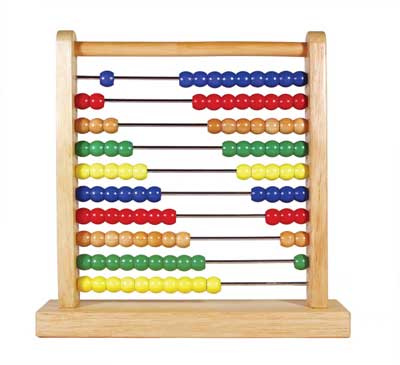
While working with the Provost's committee for "Learning Outcomes Assessment" over the past two years or so, I've been exposed to ideas of Rubrics and specific outcomes assessment. A few years ago, I'd have dismissed the entire enterprise as "Bean Counting" and as nearly the opposite of "Progressive, Inquiry-Based Education". But now I'm not so sure...
I've been waxing philosophical too much already in this course...but with your permission I'm going to indulge hyper-abstraction for just a little longer....because soon, we'll get down to some technical details...and possibly, even some fun!
(and as I stated in my post on the other thread, I'm going to copy-and-paste some of my ideas here because they're actually more related to this week's module. Also, I'm "modeling best practices"...in that ideas, once written, can be recycled and re-used in multiple contexts while learning)
We're at a point in history where we've had an Internet for about 43 years, and a World Wide Web for about 22 years. We've been porting higher education into both for a while now. Some things have been great, some were lost, others were simply mediocre.
 ...and in that same way that education went from memorizing Epic Poems to reading Socratic Dialogues about 2500 years ago...we've already made much of the leap into an Information Age....the work for us to do now is to create a long-term functional framework that can stand the test of time...for us and our students.
...and in that same way that education went from memorizing Epic Poems to reading Socratic Dialogues about 2500 years ago...we've already made much of the leap into an Information Age....the work for us to do now is to create a long-term functional framework that can stand the test of time...for us and our students.Last year, I took a crack at reading Robert Pisrig's 'follow up' philosophical novel to "Zen & the Art of Motorcycle Maintenance", called "Lila: An Inquiry Into Morals".
Along with many ideas the author explored, is the idea of "Latching" -- that is when a new advance makes itself permanent by establishing a physical or social framework for itself. Here's the best quote I could find to make this idea make some sense:
"Sometimes a Dynamic increment goes forward but can find no latching mechanism and so fails and slips back to a previous latched position. Whole species and cultures get lost this way. Sometimes a static pattern becomes so powerful it prohibits any Dynamic moves forward. In both cases the evolutionary process is halted for a while. But when it's not halted the result has been an increase in power to control hostile forces or an increase in versatility or both. The increase in versatility is directed toward Dynamic Quality. The increase in power to control hostile forces is directed toward static quality. Without Dynamic Quality the organism cannot grow. Without static quality the organism cannot last. Both are needed."

(Robert Pirsig, 1991)
An even more complex treatise is available here.
I believe that what we are trying to do in this particular class ...and at UDC in general (and all of higher ed) is to mix the static and Dynamic in order to evolve ways of learning, teaching and knowing to a higher level of complexity.
But what this will require is finding those practices & ideas (software) and even physical things (hardware) that will LATCH online learning and education into the existing systems of digital information networks.
Perhaps this is where Quality Matters and other best practices come into our explorations. So for as picayune and tedious as these standards may be, I believe that as long as we keep Dynamic Quality in mind, what we will create by following lists like this...

1) Couse Overview & Introduction
2) Learning Objectives
3) Assessment & Measurement
4) Resources & Materials
5) Learner Engagement
6) Course Technology
7) Learner Support
8) Accessibility
...we will be LATCHING all of the cool, progressive, dynamic ideas we've created online into a new tradition of teaching and learning. Coincidentally, I'd encourage all of you to chat with my colleague Prof. Smith about the "technology of theatre" and something called the "Scena". There was a technological breakthrough in about the 6th century B.C.E. when the Greeks could build amphitheaters and raised stages that allowed for a single narrative to be performed for hundreds (maybe even thousands) of people. This technology for passing narrative around was LATCHED into what we now call "Theatre"...and it's served us well for several thousand years. (In fact, we didn't change it until the late 19th or early 20th century when we started to edit film to tell parallel narratives...but that's [quite literally] a different story)

So, I look forward to tweaking and finessing our course content, and our online experiences into these assessment rubrics...not because they're fun (these rubrics probably aren't)...but because these standards will allow us to LATCH our enduring knowledge together with evolving technology to create a new way of teaching and learning.
What will we create? What will we find? These and more questions we can grapple with over the next two or three weeks.
_